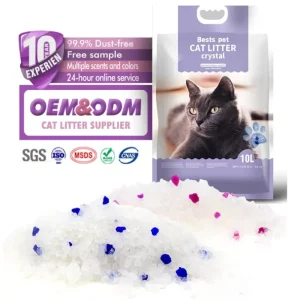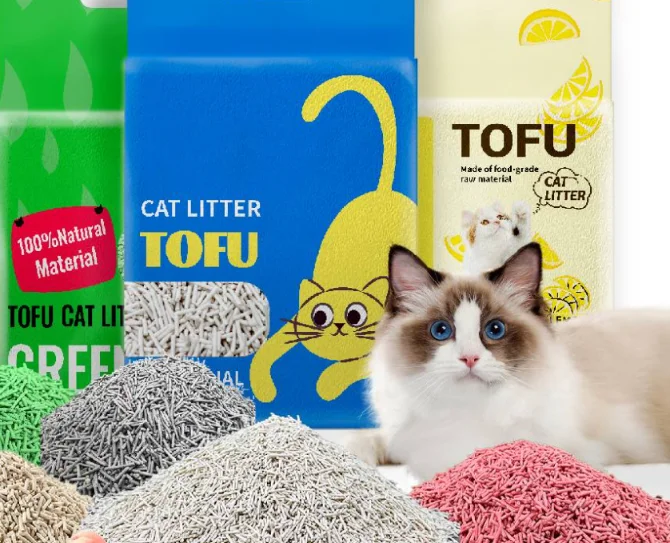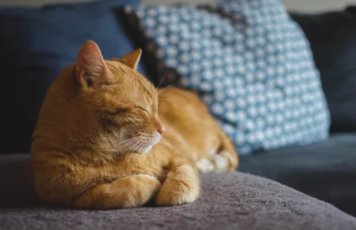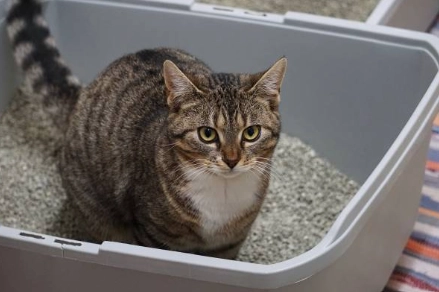
The world cat litter market is ready to witness remarkable growth, valued at US$ 6.82 billion in 2030 and a CAGR of 4.2% during the period 2023-2030. Various factors affecting the market dynamics are fueling the growth. Varying from increasing cat ownership to eco-friendly product technological advancements, the market is transforming at an extremely rapid rate.
What Are the Drivers of the Cat Litter Market?
The growth of the worldwide cat litter market is because of some drivers:
- Pet Humanization: As pet owners are treating their cats as family members, they are more inclined to spend on premium products that make their cat’s life easier and better. It has been a blessing for premium cat litter products that are safer, more efficient, and environmentally friendly.
- Innovative Solutions: With technology and innovation running the wheels, even the market for cat litter has some innovative solutions that are making life easy and convenient. For example, moisture-activated indicators, clumping systems, and dust-free products are widely popular because they address both issues of convenience as well as health at the same time.
- Sustainable Product Choice:Growing environmental awareness has prompted cat owners to look for greener and more sustainable alternatives to traditional cat litter products. Those companies that employ natural resources like corn, cassava, and recycled content are gaining popularity.
- E-commerce Growth:Increased online availability of pet care products has been the growth driver of the industry. It is easy, convenient, and offers price comparison in an effortless way. According to recent trends, 86% of pet owners use online shopping as convenient and exhibit heightened usage of e-commerce for purchasing pet accessories such as cat litter.
- Growing Ownership of Cats:Growing ownership of cats worldwide is another key driver of market growth. Growing popularity of cats as pets has a direct result in increasing demand for core pet products, and cat litter is no exception. Urbanization and growing popularity of cats as easy-to-maintain pets are also driving their adoption levels upwards.
- Urbanization and Disposable Income:With the population of cities all over the world, especially of the developing nations, growing, individuals are more reliant on keeping cats as pets due to the convenience and flexibility of a cat as a pet in an apartment. As disposable incomes rise, cat owners are more inclined to spend on high-end brands of cat litter.
What Challenges Does the Cat Litter Market Face?
Although it harvests its strong growth, the cat litter market also experiences some issues that can slow down its pace:
- Raw Materials Costs: Raw material expenses such as shipping, packaging, and natural gas keep on rising, placing pressures on manufacturers. Rising costs have the potential to affect price strategies, leading to importing retail price hikes to buyers.
- Environmental Issues: Certain conventional cat litter products, especially silica and clay litter products, have faced criticism in terms of their environmental effects. Non-biodegradable cat litter products and mining of clay contribute to pollution and wastage and pose a problem for manufacturers in balancing product performance with environmental responsibility.
- Price Sensitivity: Even with increased demand for premium cat litter brands, there are still greater numbers of price-sensitive consumers. Premium pricing of high-performance and green cat litters can deter some from buying, hindering market growth within specific consumer segments.
What Are the Trends that are Revolutionizing the Cat Litter Market?

There is a chain of some of the most impactful trends that are changing the cat litter market and shaping consumers’ behavior:
- Green and sustainable products are no longer a trend but have become the new change of behavior within the framework of consumer migration. Pet owners are increasingly searching for pet- and environment-friendly products. Innovations in packaging, including biodegradable and recyclable packaging material and natural ingredient products, are in high demand.
- Regional Development: Asia Pacific will witness the highest growth CAGR during the forecast period. This is mainly attributed to urbanization, rise in nuclear families, and higher disposable incomes in China and India. China alone is witnessing a cat explosion and its cat litter market will also experience substantial hikes in the years to come.
- Product Innovation:Constant product innovation is driving market growth. Firms are increasingly compelled to develop products that can serve emerging consumer needs. Examples include odor-absorbing cat litter, dust-free product development, and water-activated warning signals. As an added advantage, firms are experimenting with the utilization of substitute raw materials like natural wood, paper, corn, and walnut shells as a means of offering cleaner substitutes.
- Mergers and Acquisitions: Strategic mergers and acquisitions are helping companies to extend their product portfolio and market share. For instance, the buyout of Lovitts and Our Bird by Kent Corporation has helped it venture out to new markets and enhance its products, furthering its cause in the market.
How is the Market Segmented?
The market for cat litter is segmented in a high number of ways, and there are opportunities for companies to effectively satisfy particular customer requirements. Broad market segments include:
- Product Type:The market splits overall between clumping and non-clumping (conventional) cat litter. Clumping litters are easy to use and odor-controlling and therefore are most prevalent in the market, but non-clumping ones remain popular, particularly in certain markets.
- Raw Material:Raw materials for cat litter are clay, silica, sawdust/wood/bamboo, paper, soy, and grain/corn. The heavy clumping bentonite clay is one of the favorites because it is heavy clumping and highly absorbent.
- Distribution Channel:Distributing cat litter products is done through specialized pet stores, online shopping, hypermarkets, and other retail stores. Pet stores account for the highest proportion since they provide wide varieties of products, and online shopping is also gaining prominence owing to convenience and easy availability of different varieties.
- Geography: Geography-wise, the North American market dominated the cat litter market in 2020. Asia Pacific will experience maximum growth through rising urbanization, rising disposable incomes, and an increase in pet adoptions.
BASTET (Tianjin) Pet Products Co., Ltd: Your Partner in Quality Cat Litter
To retailers and customers who are in need of quality cat litter products, BASTET (Tianjin) Pet Products Co., Ltd. is a trustworthy exporter and manufacturer of quality cat litter products.
Why BASTET?
- Quality First: BASTET operates with superior quality by putting only the best raw material onto its production lines, employing maximum production lines for optimal efficiency and premium quality.
- Cost-Effective Solutions: With minimum loss and optimal efficiency, BASTET delivers the products at a minimum cost.
- National Supply Chain: BASTET has a very well-established supply chain that assures delivery and provision of the products within a certain time frame.
- Customization Services: BASTET also provides complimentary design services for custom packaging to allow customers to create products that can help them gain a competitive advantage over their business rivals.
- Diversified Product Line: BASTET distributes various cat litters like bentonite, tofu, crystal, and blended litters. They are 99% dust-free to help create a cleaner and healthier environment for humans and cats.
With its quality focus, customer satisfaction, and wide product lineup, BASTET (Tianjin) Pet Products Co., Ltd. is an ideal business partner for an individual who wants to earn a name in the cat litter industry.
Conclusion
The cat litter industry is expanding exponentially with pet humanization, demand for eco-friendly products driven by environmental consciousness, and product feature innovation driving the trends. While there are challenges such as raw material cost inflation and environmental concerns, end-users and companies have tremendous opportunities. Determining the drivers, trends, and segments of the business will allow business and pet owners to make the right decisions that would drive the long-term success of the business.




